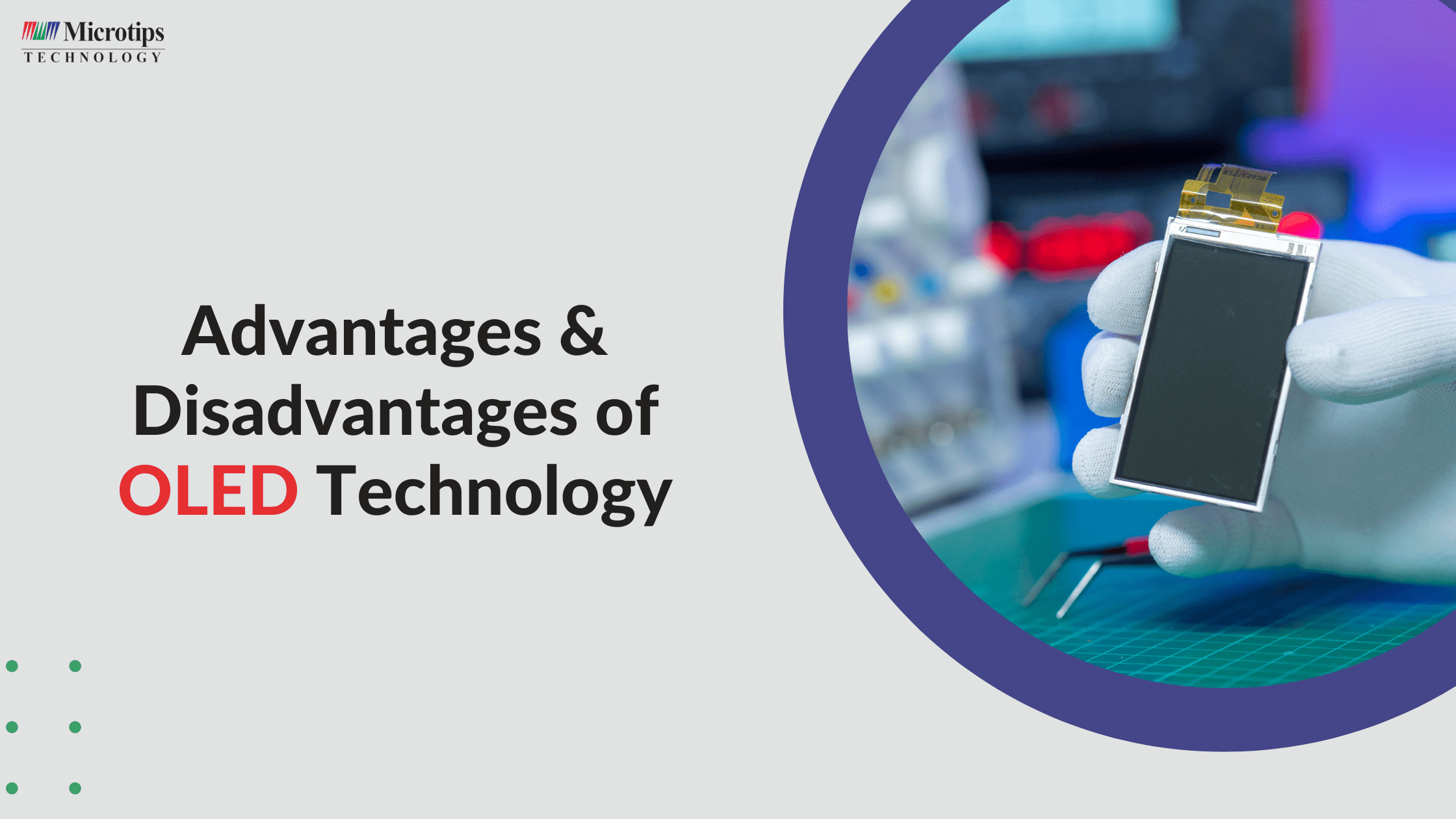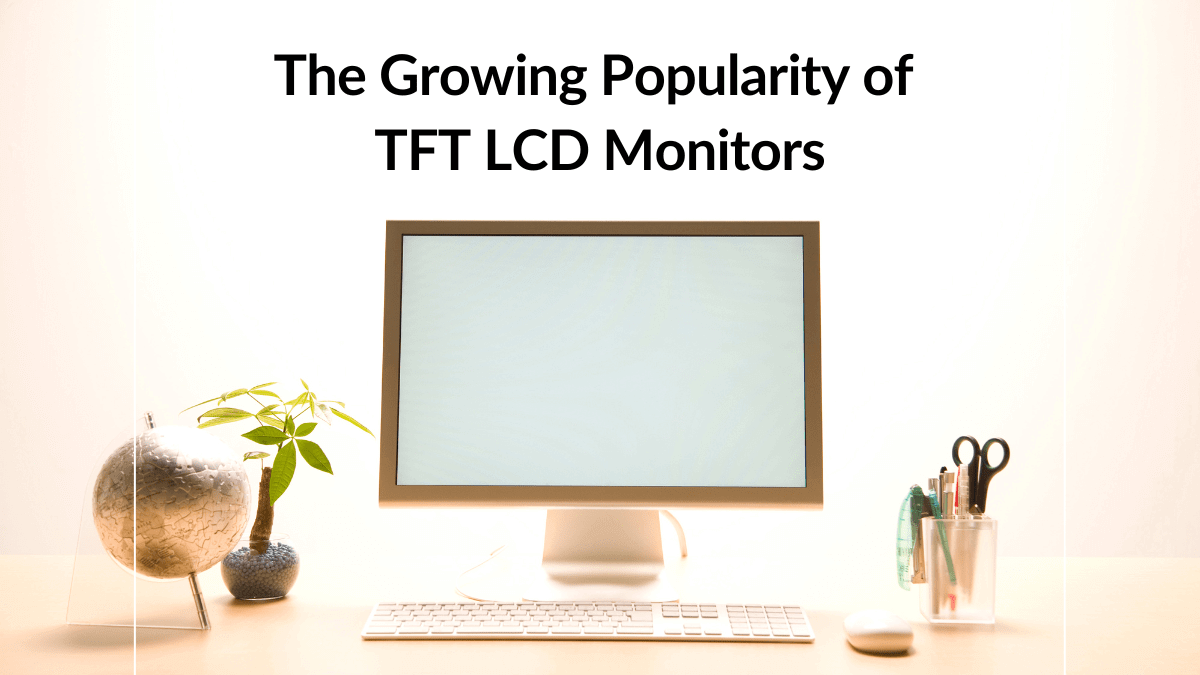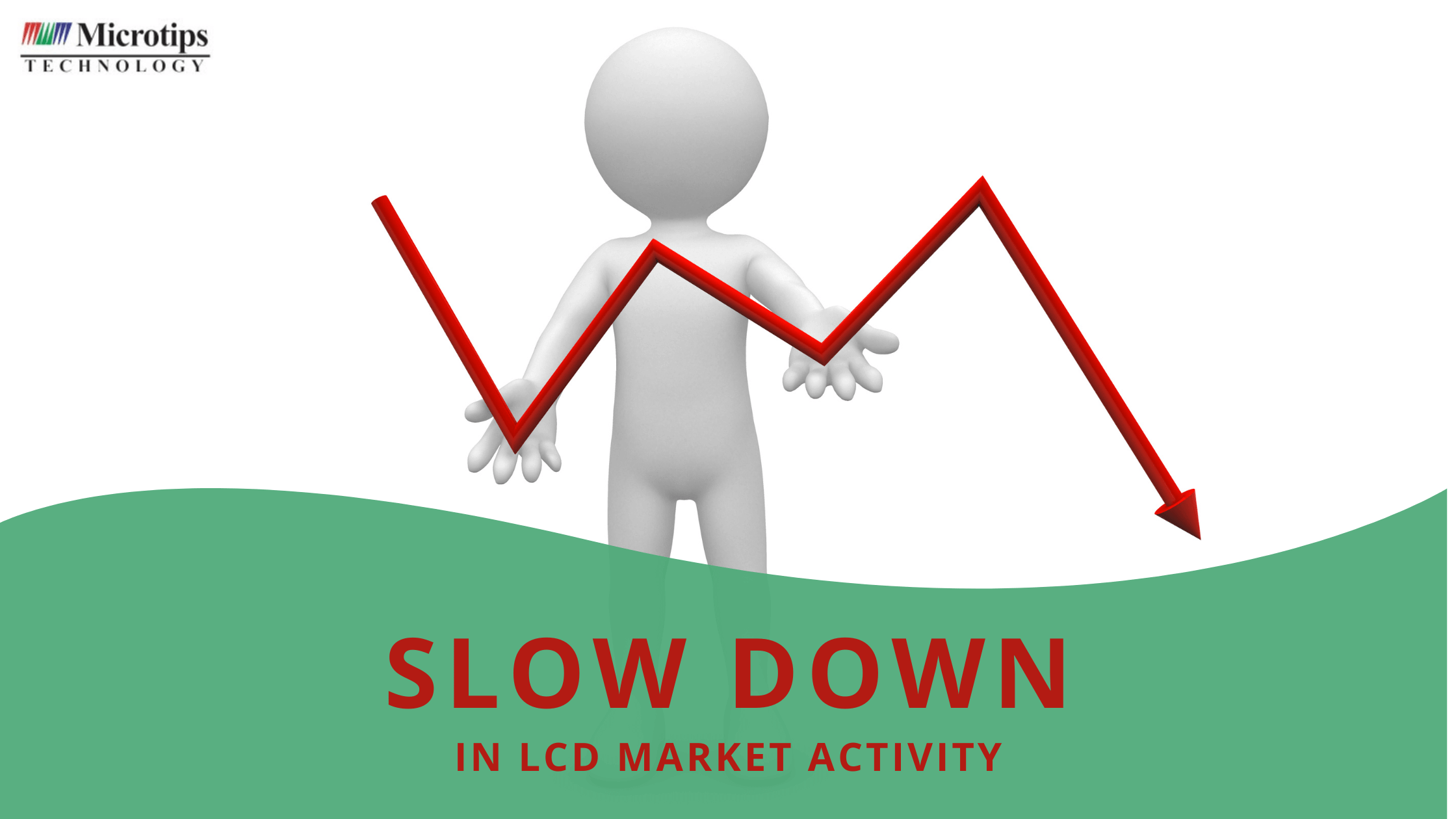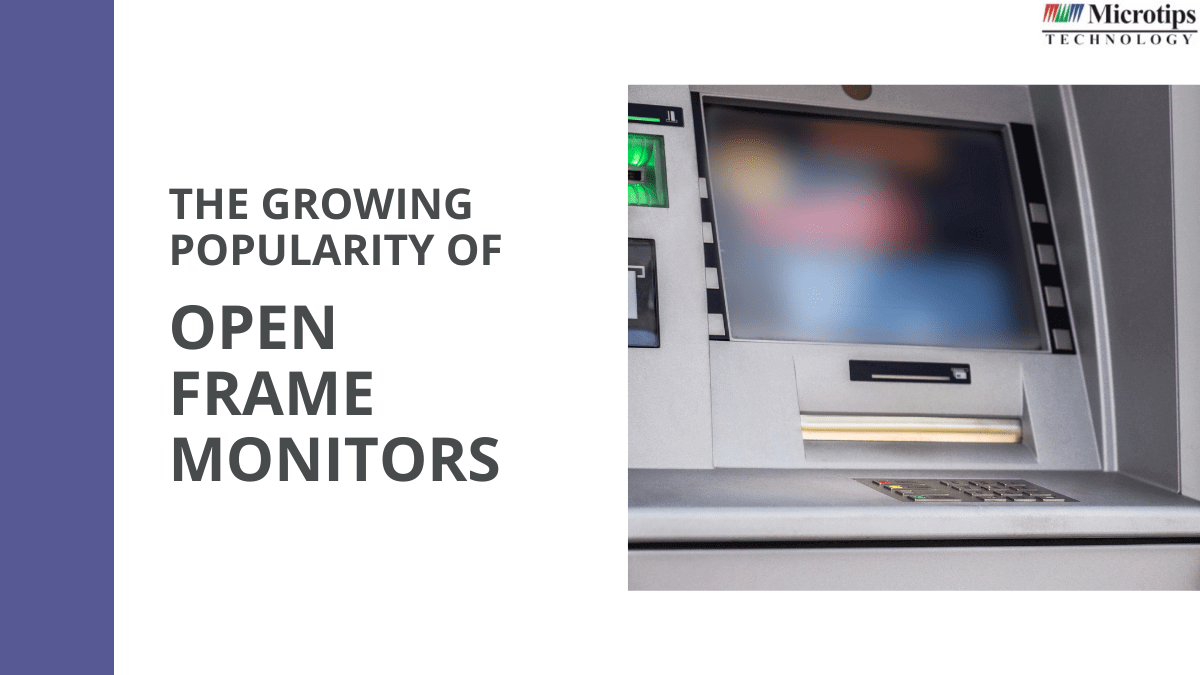Smart wearables have transformed how we monitor our progress toward our fitness and health objectives. These gadgets were initially recognized for their step-counting capabilities but have undergone significant changes because of technological improvements. Incorporating Microtips technology is one such development that has cleared the door for several uses beyond straightforward activity tracking. We shall explore the different applications of smart wearables with Microtips technology in this post, highlighting its potential to improve our lives.
Recap,
In our previous blog, EVOLUTION OF SMART WEARABLES WITH AMOLED DISPLAYS, we clearly stated the edge of how smart wearables have created a user-friendly interface. Smart wearables’ user interface and functionality have experienced tremendous improvement, making them more simple to use and intuitive. AMOLED display manufacturers now understand how critical it is to deliver a smooth user experience, enabling people to engage and manage their smart gadgets easily.
The Future Of Smart Wearables
The most cutting-edge wearable technology includes holographic computers in the form of Google Glass, Microsoft’s HoloLens, virtual reality (VR) headsets, and AI hearing aids. A disposable skin patch with sensors that wirelessly send patient data to a control unit in a healthcare institution illustrates a less complex type of wearable technology.
A wide range of wearable technology is available today, from smartwatches to fitness trackers like the Fitbit Charge, VR headsets, smart jewelry, web-enabled spectacles, and Bluetooth headphones. Wearables function differently depending on the area they fall under—such as health, exercise, or entertainment. The main components of wearable technology are microprocessors, batteries, and internet connectivity, which enables the synchronization of the acquired data with other electronics like computers or mobile devices.
Smart wearables have made their existence friendly by offering various advantages. They have the potential to measure stress levels and provide insights into anxiety patterns. By monitoring heart rate variability and other physiological markers, these devices can detect stress levels and offer personalized recommendations for stress management techniques. Wearables can remind users to take breaks, practice breathing exercises, or engage in mindfulness activities, promoting mental well-being throughout the day.
Not only this, but Smart wearables also offer a wealth of health monitoring capabilities beyond step counting. They can now track vital signs such as heart rate, blood pressure, oxygen saturation, and electrocardiograms (ECGs). These wearables enable individuals to monitor their health in real-time, providing valuable insights into their overall well-being. Additionally, they can detect irregularities or potential health risks, notifying users to seek medical attention promptly.
Why AMOLED Display a Preferred Panel For Smart Wearables
Active-Matrix Organic Light-Emitting Diode (AMOLED) displays are the ideal panels for smart wearables due to their significant benefits. The first benefit of AMOLED displays is their excellent image quality, which includes vivid colors, deep blacks, and high contrast ratios for a lifelike viewing experience. This is essential for smart wearables since their screens are frequently small, and AMOLED technology ensures that every pixel produces crisp, vibrant content.
Second, because each pixel in an AMOLED display is separately lighted and may be entirely off when displaying nothing but black or dark material, they are power-efficient and prolong battery life. This is crucial for smart wearables since continuous use requires long-lasting batteries.
The wearable technology’s aesthetics and ergonomics are improved by its flexibility, which enables curved and edge-to-edge designs. Overall, as per AMOLED display manufacturers, AMOLED displays are the favored option for smart wearables due to their greater picture quality, battery economy, and design adaptability, improving the aesthetics and usefulness of these gadgets.
Ending Thought
Smart wearables have advanced significantly from simple step counters to decent smartphones with various functionality. In-depth health monitoring, sleep analysis, stress management, sports performance enhancement, and personal safety capabilities are now available on these gadgets. Smart wearables provide people the capacity to take charge of their health, make educated decisions, and enhance their quality of life by gathering and analyzing data. We may anticipate more fascinating uses and breakthroughs in the field of smart wearables using cutting-edge touchscreen panels produced by Microtips as technology continues to improve.









